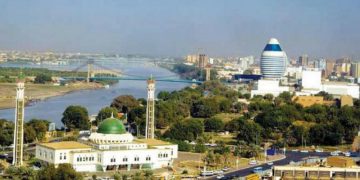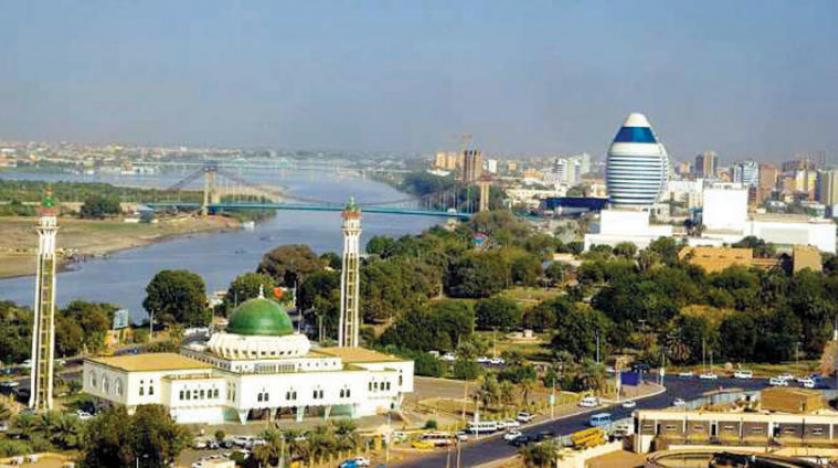In Sudan economy, many names are shining with glory on its page, contributed to its economic map, and became figures that cannot be exceeded during the twentieth century. These names and homes were considered a tributary of the national economy, and here we stand at one of those leading commercial houses in the rise of the Sudanese economy, during the twentieth century, in the era before and After Sudan’s independence.
It is known that a number of the sons of Egypt and the Levant had migrated to Sudan, their second homeland, and had merged into it and then became part of its rise. Among the most distinguished of those who contributed to the economic, social and cultural construction in the country, emerge the names (Aziz Kfoury) and (Hassanein Abul-Ela) and their children, Sudanese by birth not by naturalization. Those mentioned and others have registered their names in the glorious pages of the modern history of Sudan.
Hassanein came with the family of his father, Mahmoud Abu El-Ela, and the family of his uncle, Hasan Bek Abdel-Moneim, who came to Sudan as a legal advisor in the Turkish Judicial Registry, and he worked in (the Bekwiyah), to settle in Sudan, in the city of Omdurman, and to become part of Sudanese ethnic fabric , economic history and commercial movement. In their new settlement Hassanein married Zainab bint Hassan Abdel Moneim, and he had four children from her, on whose shoulders laid the burden of establishing the Abu Al -Ela group of companies.
The Economic Contributions
This family established a group of companies, which included Abu Al-Ella Agricultural, Abu Al-Ella Real Estate, Abu Al-Ella Trading, Abu Al-Ella Engineering, Abu Al-Ella Cotton Ginning Ltd, Abu Al-Ella Agricultural Company which worked in the field of establishing agricultural projects (Al-Massara Agricultural Company), and at the same time Funding other projects owned by others (partnership projects), and one of their own projects is the Bosatta Agricultural Project south of Sennar (previously in the Blue Nile district when the whole of Sudan was divided into nine districts only), and it is the first agricultural project granted in that region a concession to grow cotton. The success of the project in Cotton agriculture in the years (1949 – 1950, opened the door for the government to expand and give licenses to other projects, whose owners contacted Abu El-Ela Company to obtain financing.
Among Abu Al-Ela important projects is the Al Masarra project, which was established with an area of ten thousand acres for the production of cotton. It was the largest private agricultural project in Sudan. They worked on establishing and financing the Kassab agricultural project north of Sennar, owned by Alsayid Ali, the leader of the Khatmiyya sect and other projects in the Blue Nile and the White Nile. Abu Al-Ela entered into a partnership with Sennar Agricultural Company to establish Wad Hashim project, which had an area of three thousand acres. In 1953, the company entered into financing partnerships and construction of 12 projects in Sennar, Sinja and other small projects until the area covered by the projects which was funded by the company, amounted to 55% of the total area of private sector projects in the Blue Nile. Meanwhile, the company’s activities extended to the White Nile in 1954 to enter into partnerships in many projects, which amounted to 20% of the private sector projects in that region. They had a wide interest in the cultivation of horticultural crops, and in each funded project by the company, they requested to have a space within the area to grow it as a (fruit garden). Their interest in imposing that term stemmed from their desire to provide work opportunities for the workforce belonged to the mass of the population of the region. From their large gardening projects that they set up, began the rally of shere granting still the region benefits from . It was a desire which was accompanied by absolute faith in self-employment, and spreading its culture among people, to be freed from the bondage of the job to Entrepreneurial
Penetrating insight was the launching platform for these Successes from which emerged great projects culminated in companies competing with major brands in global competitiveness. Entrepreneurs must have their stand within that rally, for it is a massive resource , and they must take advantage for the utmost.















